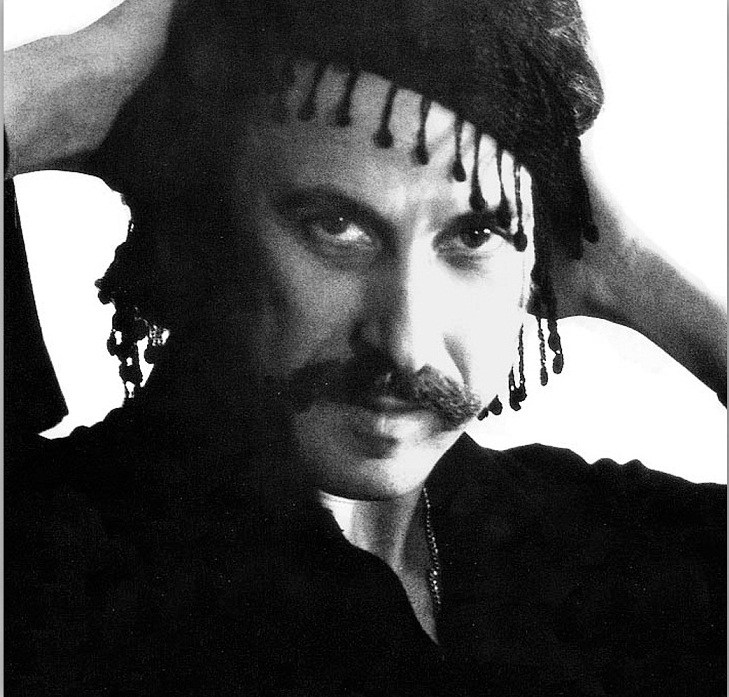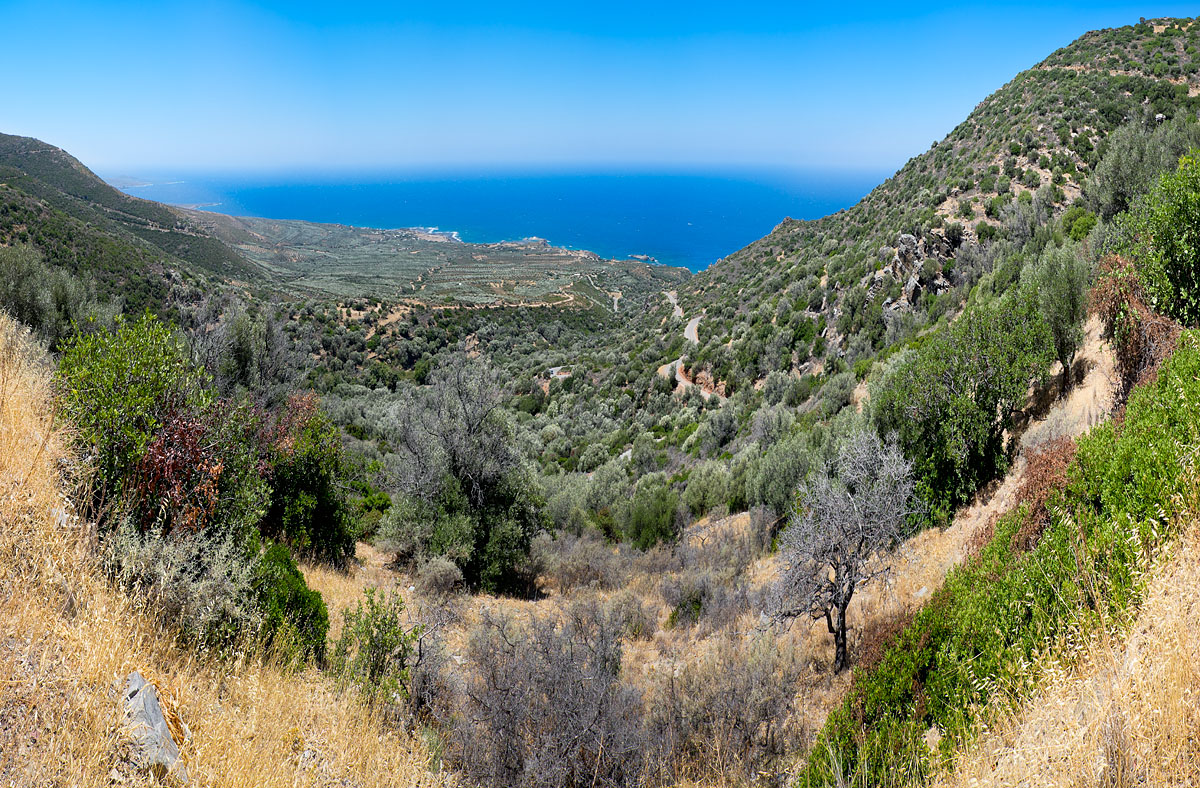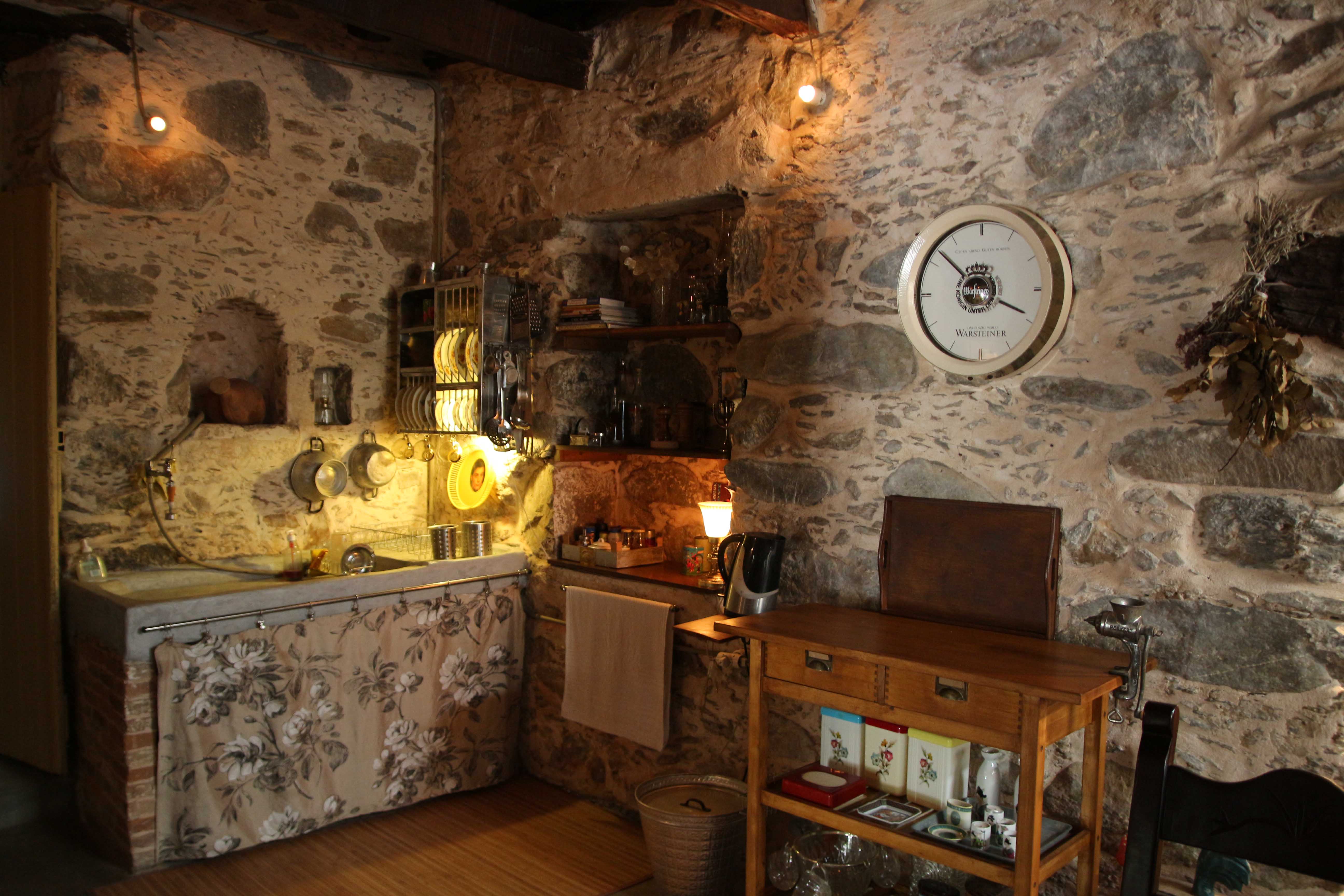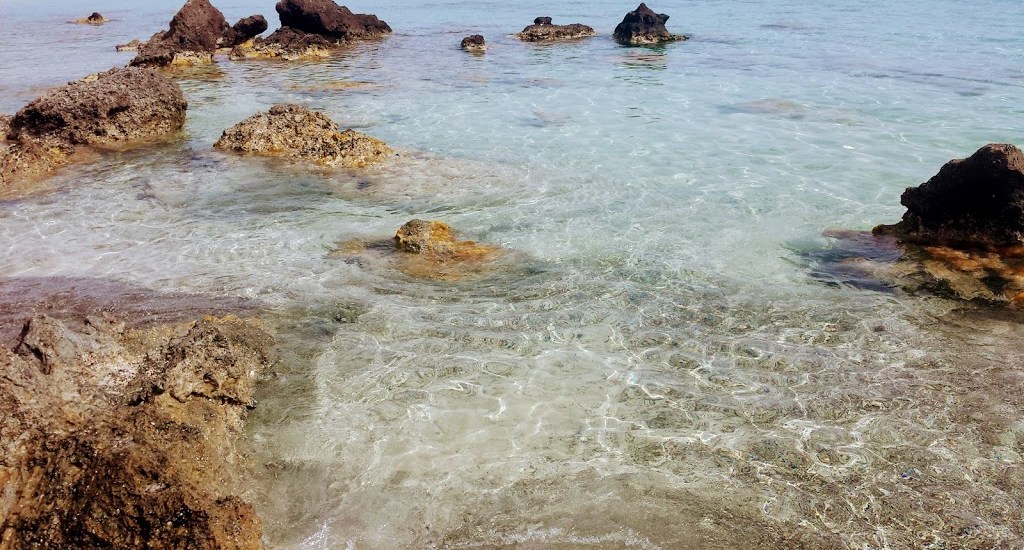Up to the early 20th century, the Cretans usually wore a pleated red fez with a long tassel, which has nothing in common with the conical fez of the Turks. At the same time they also wore a large shawl (originally called Petsa = skin), which was, under Turkish rule, the name Sariki (= turban). The Cretans wore the Petsa since the late 15th century as a headdress; their ends they left, front and rear, falling on the shoulders. In more ancient times, the scarf was wrapped around his neck and the ends fell around the shoulders, and they called it a stole.
The modern and originally knitted black silk Sariki…
…that represents the traditional headgear of the Cretan men today, with dense fringes like tears, introduced for the first time in the second quarter of the 20th century in Central Crete. It is said that its long fringes attest to the number of years of Ottoman rule in Crete and also symbolize the mourning for the victims of the uprising against the Turks in Arkadi monastery in 1866.
The Sariki is worn in black or white.
White as a sign of joy for occasions such as weddings, baptisms and all sorts of cheerful social events. The black Sariki emphasizes the masculinity and the pride of the wearer, but also the sadness in the life of every Cretan.
Source: www.meetcrete.com




